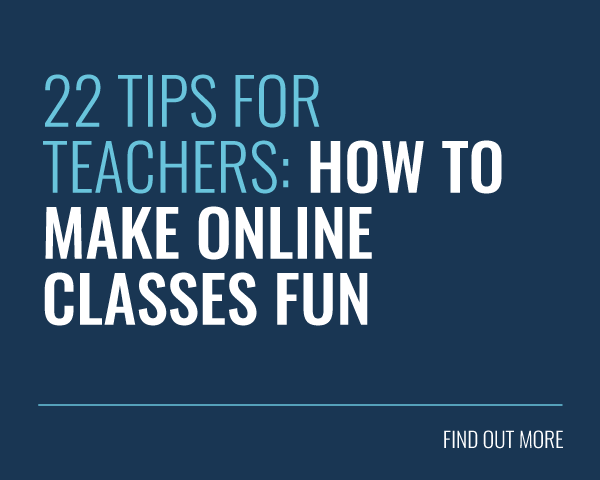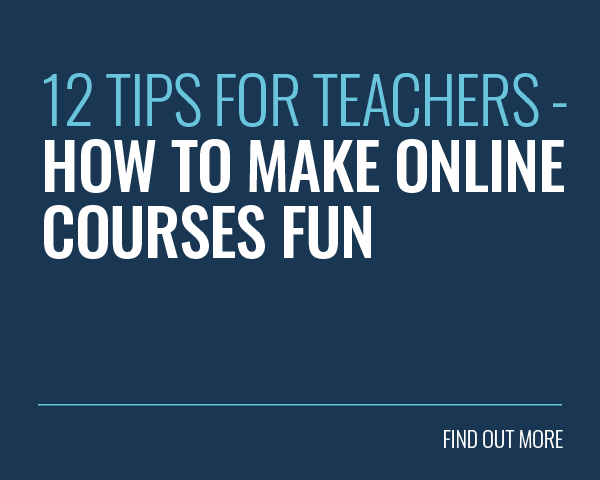
The online learning community is starting to realise the power of games when it comes to engaging learners. Now, the main challenge for L&D managers is deciding how best to use gamification and game mechanics to drive change in their company.
If you’re lucky enough to have a gamified learning management system, you can boost engagement on even the most basic learning content by simply attaching badges and points. This functionality is convenient, but imagine what you could do if you gamified the content as well?
Luckily, it’s never been easier to create game-based online learning modules with little or no coding mastery. As we keep adding new games to our authoring tool, Growth Engineering Authoring Tool, we’re always trying to create an engaging gaming experience as well as an effective learning unit.
But what makes a really good learning game? Here are five ways to ensure your learning game is engaging, beneficial and Moorish!
Top Five Features of a Learning Game
1. Add A Narrative
![]()
Since humans first descended from the trees, we’ve told each other stories. As a species, we’ve been telling stories for so long that our brains are hard-wired to interpret them. A list of unconnected events won’t spark much of an interest in your learners, but when you add a narrative to the picture, everything changes.
In a neuroscientific sense, when we love a good story, our brain releases the feel-good chemical, oxytocin. This is why we love The Great Gatsby, To Kill a Mockingbird and The Tiger Who Came to Tea.
In terms of computer-games, classics like Space Invaders place the player in the lead role of Earth’s last defence against a surging alien horde. Without a story, Space Invaders would simply be a bunch of coloured blocks moving around on the screen.
Creating learning games lets you create a gaming experience, but with a bit of thought, you can also tie the game’s narrative to the learning objective. For example, if you’re creating a piece of content about customer service, your game might involve satisfying disgruntled customers. If you’re creating a game on how to smash sales targets, then you may want a journey game that sees your lead character overcoming obstacles.
2. Choice & Influence
The thing that differentiates a learning game from a bog-standard eLearning unit is interactivity. In order for the learner to be engaged, they must feel like they’re in control of the game, at least to an extent.
With the proliferation of mobile devices, attention spans have never been shorter. Unless you keep your learners active and involved, they’ll drift off.
By giving the learner choices and letting them influence their own progress, you’re making the learning journey more interesting which means they are more likely to complete their training.
Why not insert multiple-choice questions? This way you’re providing your learners with the room to make a choice, even if it is the wrong one.
3. Risk & Chance
Random encounters and rolls of the dice are common to games throughout the ages. This element of a great game doesn’t necessarily affect the learning at all, but it can grip your learners on a basic level. By figuratively flipping a coin the learner relinquishes their control of the game and leaves the outcome to chance.
As their fate hangs in the balance, mild anxiety settles in, followed by either glorious victory or crushing defeat! Even in the latter case, your learners have forged an emotional connection with the game and will be ever more determined to try again and get their own back!
4. Virtual Rewards
![]()
With any game, the first thing the player needs to understand is how to win. In most cases, the player’s success is determined by how many points they have earned. Although the world of gaming has gotten more sophisticated, few of them have left out this virtual currency.
Points are so prevalent in gaming that some learners might simply take this gaming mechanic for granted, or not notice at all. In-game achievements are much more visible, after all, is there anything more exciting than a big, bombastic badge alert?!
These rewards are what we refer to as gamification; the process of applying gaming mechanics to non-gaming environments.
On our gaming authoring tool, Genie, we offer up a host of delicious virtual rewards. This includes Experience Points, (XP), badges, levels, leaderboards and much more!
5. Real Rewards
Once they’ve beaten their high score and filled their badge cabinet, the learner has effectively finished the game. They can’t pry their hard-earned virtual riches out of the system, but luckily for them, they’ve already earned a very real reward.
They’ve seen that online learning can be something more than just click-through slideshows. They’ve completed some training and even enjoyed the process. By giving them a game-based learning experience, you’ve shown them that learning doesn’t have to be dull.
Most importantly of all, you’ve given them the tools they need to do their jobs better which affects not just their career, but the success of the company as a whole. What could be more rewarding than that!?
Final Words
So, creating a successful game needn’t be a headache. You simply need to ensure that five elements are included: adding a narrative, handing control to the player control, including a bit of risk, applying gamification and offering up some intrinsic motivation; you’ll be on your way to creating a chart-topping game!
If you want to create your own game-based training right now, you can try Growth Engineering Authoring Tool for free today! Just click here and get in the game!
Unlimited Learner Engagement on
The Impact Suite









